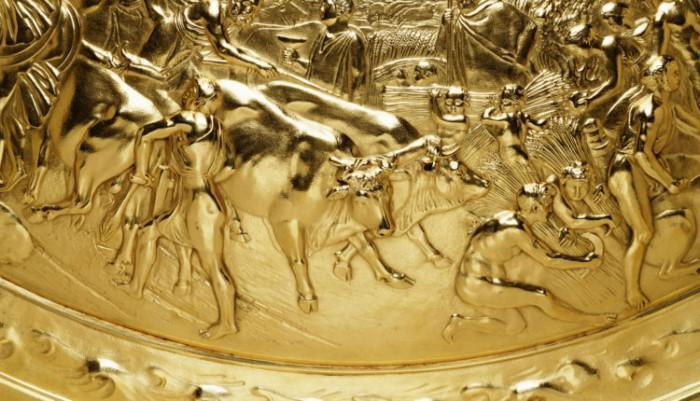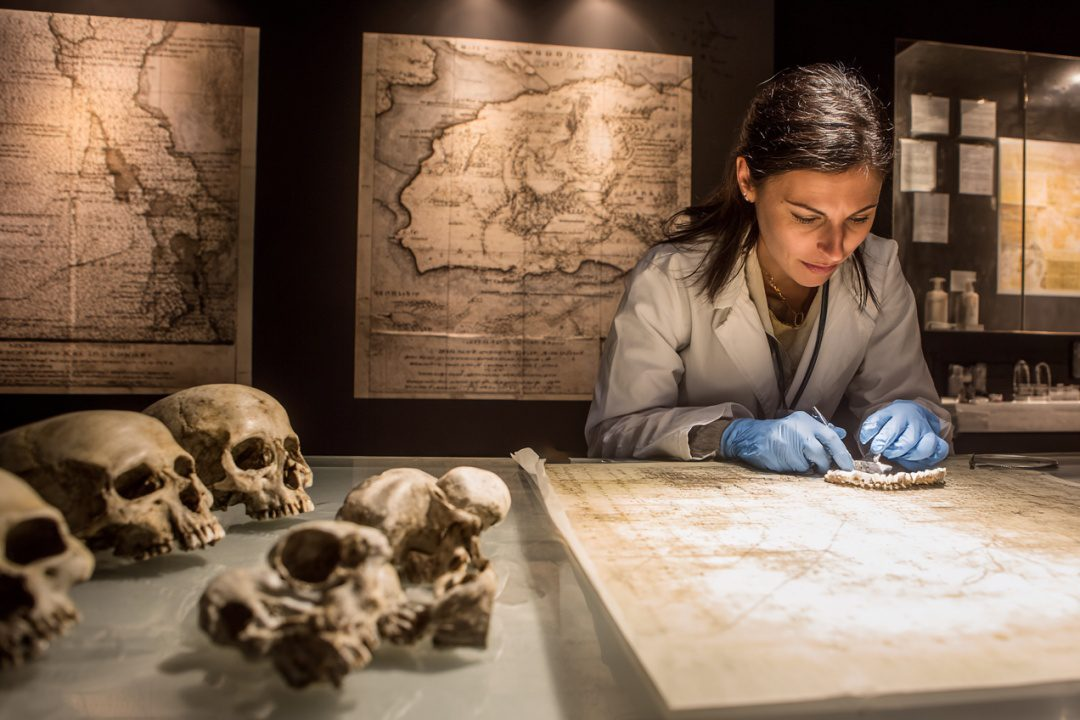Introduction
Bronze mirrors have played a significant role in ancient civilizations, serving not only as practical tools but also as symbols of status, trade, and cultural identity. These polished metal surfaces, often elaborately decorated, reflected more than just faces—they reflected the values, beliefs, and technological advancements of their time.
The Role of Bronze Mirrors in Daily Life
In ancient societies, mirrors were more than mere grooming tools. They were integral to beauty rituals, personal adornment, and even spiritual practices. The highly polished surfaces allowed individuals to check their appearance, apply cosmetics, and maintain personal hygiene. Given their craftsmanship and reflective quality, bronze mirrors were often reserved for the elite and wealthy classes.
Religious and Symbolic Significance
Beyond their use in personal grooming, bronze mirrors held religious and mystical significance. In many cultures, they were associated with the divine and the supernatural. In China, for instance, mirrors were believed to ward off evil spirits, and they were often placed in tombs to guide the deceased into the afterlife. Similarly, in Japan, bronze mirrors were revered as sacred objects, sometimes used in Shinto rituals.
Bronze Mirrors in Trade and Economy
The production and distribution of bronze mirrors were deeply tied to trade networks. Crafted with skill and precision, they became valuable commodities exchanged across regions. The Silk Road, for example, facilitated the movement of Chinese bronze mirrors into Central Asia and beyond, influencing local artistic styles. The exchange of these mirrors not only spread technological advancements but also reinforced economic relationships between civilizations.
Craftsmanship and Artistry
The creation of bronze mirrors was an intricate process, requiring expert metallurgy and artistic detailing. Many mirrors were adorned with ornate carvings, inlays, or inscriptions, often featuring mythological creatures, deities, or intricate geometric patterns. This craftsmanship not only enhanced their aesthetic appeal but also signified the status and cultural identity of their owners.
Conclusion
Bronze mirrors were far more than simple reflective tools in ancient societies. They played a crucial role in beauty rituals, spiritual practices, trade, and artistic expression. As both functional and symbolic objects, they offer a glimpse into the technological and cultural achievements of ancient civilizations, highlighting their sophistication and interconnectedness through commerce and tradition.







